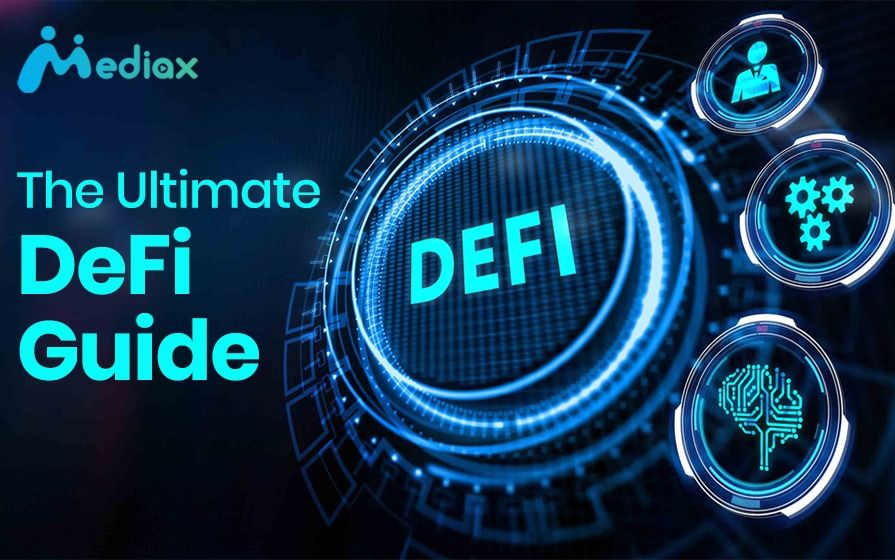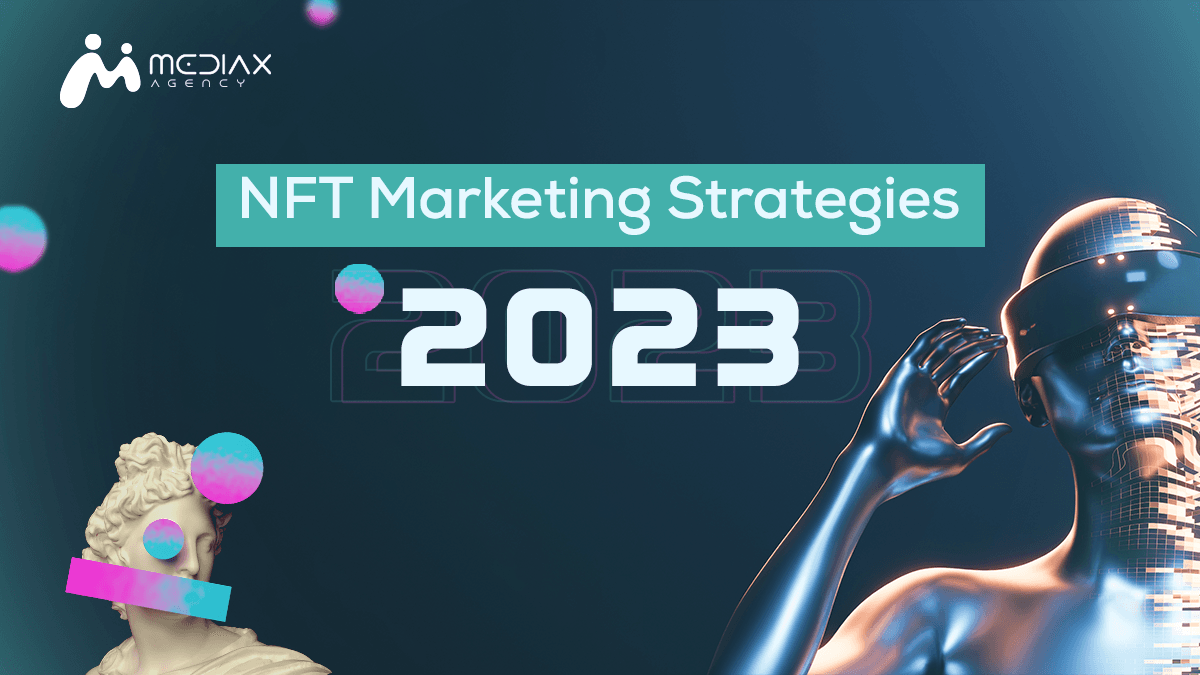Introduction
The bitcoin industry has received a lot of attention as a result of decentralised finance (DeFi). It is currently on course to cause major financial transaction disruption. Assume you're a developer trying to get your DeFi idea off the ground. In that situation, your task doesn't end with ensuring that the protocol you're producing is of excellent quality; one of your top responsibilities should be to properly promote it in order to reach your target market. Even if your platform is amazing, if it does not garner any attention, it will struggle to build traction.
Preparation: Unique selling proposition, hypotheses, and A/B testing
Make sure the product answers some of your audience's problems before launching it and requesting cash. Many organisations have failed to test product assumptions before they begin development and advertising, despite the fact that these things are fairly basic.
When startups evaluate a concept and try to estimate its promotion price, they aim for a minimum viable product (MVP). It doesn't have to be tidy, attractive, or well-designed. Your MVP will be in great demand as long as it answers some of your audience's problems and has a solid UX. During the MVP testing phase, tokenomics, USP, narrative, and communication method are all examined, as with the user acquisition cost (UAC) metrics.
A/B testing can aid in establishing the best development path if you have numerous critical assumptions to test (monetization scenarios, USPs, and UX). 500–1000 new customers obtained through media buying, social media advertising, or just networking will help you better understand your website's performance and evaluate crucial conversion rate (CR) and user acquisition cost (UAC) data. Furthermore, having your smart contract audited has become increasingly crucial. Both investors and the crypto community pay close attention to it, and if there are any problems in the contract, it will not attract investors or users. Last but not least, make sure you have Google Analytics and Google Tag Manager set up correctly before launching any ad campaign so you can assess the return on marketing investment (ROMI) and select the most effective ad instruments.
Search engine optimization and content marketing
Startups and fledgling businesses sometimes overlook SEO, but if you have long-term goals, optimising your website and establishing commercial and informational pages is a necessary. When you look at the bitcoin exchange market, which has been very competitive for the past two years, you'll see that all of the industry leaders have SEO-optimized websites and blogs. However, simply optimising your content according to the semantic kernel is never enough. To pique readers' interest in what you do, arm yourself with statistics, surveys, insights, and infographics, and keep track of your progress.
It's also critical in content marketing to have all of the content vetted by a native-speaking editor who is familiar with industry jargon and can make the pieces accessible to both specialists and newcomers. If your material is scarcely readable, even the most well-tailored advertising strategy will fail. Crypterius has contributed and proofread over 120 pieces in the last year, with several of them appearing on Forbes.com, Bloomberg.com, Entrepreneur.com, Businessinsider.com, and other sites.
Brand mentions and link mass
External mentions of your website are important for SEO and brand awareness, and if done correctly, they can serve two purposes: generating traffic and building external link mass. The idea is that you'll be listed in articles that appear on the first pages of a Google search for terms like "top 10 DeFi companies," "best DeFi tokens," "top-yield farming projects," and so on. Mentions in less popular media will be less expensive than mentions in tier 1 or tier 2 media, but they will produce more traffic in the long term.
Trackers, rankings, calendars, and listings for DeFi
Mentions in DeFi-focused trackers and calendars help develop link mass and give companies with mostly free organic traffic. There are currently roughly 30 distinct DeFi calendars available worldwide. Provide facts that may interest your target audience when developing a company profile, such as links to GitHub code, technical documentation, press photos of team leaders, project mission, partners, and so on. Analyze other DeFi companies and do your best to stand out on such listing platforms from the competition.
Wrap Up
In the traditional financial industry, trading is increasingly centralised today. Fifty percent of all stock volume is controlled by five exchanges. In a typical market, such as the New York Stock Exchange, buyers and sellers offer various prices until they agree on a sale price. The whole order book of prices is only accessible to a restricted part of the traditional finance world, limiting price discovery for regular consumers. Certain securities, on the other hand, have a liquidity ceiling. Automated market makers, a DeFi innovation, solves these concerns (AMM). For automated trading, Decentralized Exchanges use an automated market maker (AMM). AMMs is simply a cryptocurrency exchange that facilitates the trading of one cryptocurrency for another. The liquidity pool keeps a specific exchange rate, such as 10 ETH to 1 BTC. This is a two-currency pool with a changeable exchange rate. The AMM calculates a price for transactions in a pool based on supply, demand, and liquidity.




